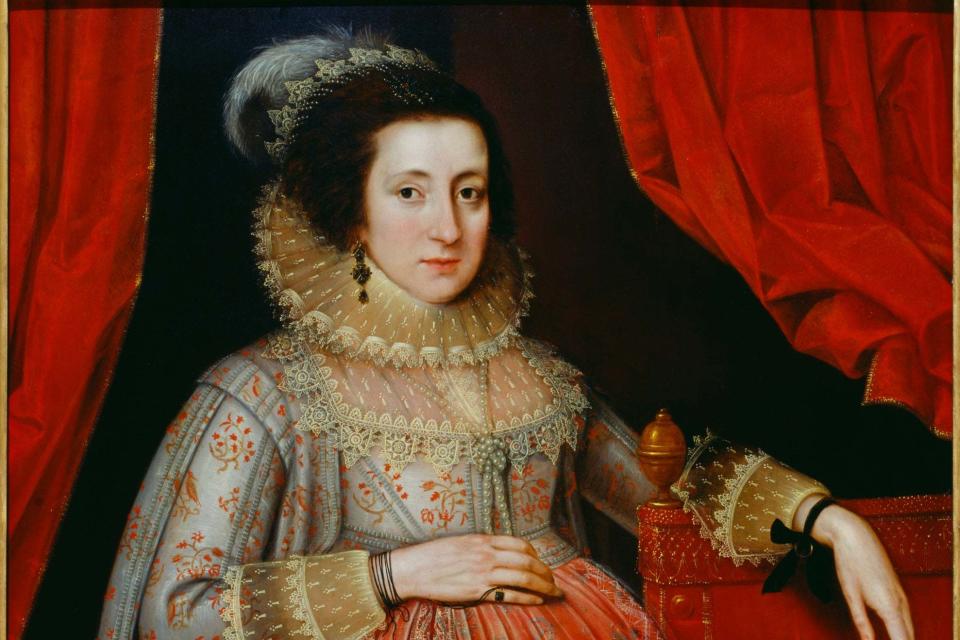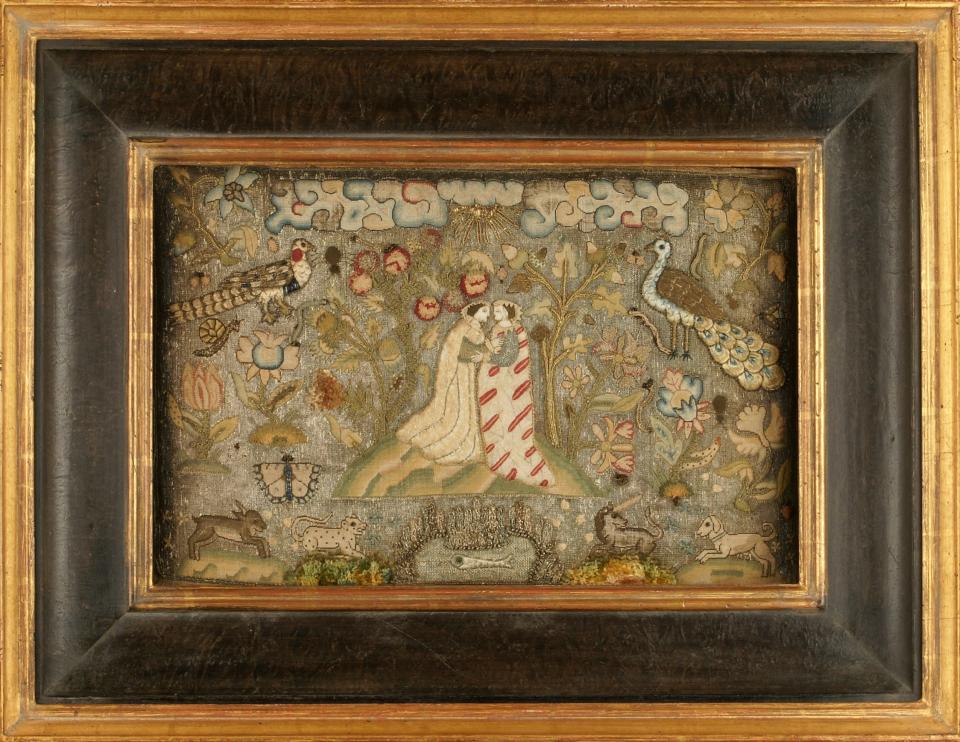Portraying Pregnancy review: How expectant mothers showed their pride — from Tudors to Beyoncé

The subject of this terrific little exhibition is so obvious, it’s remarkable that it hasn’t been done before. Portraying Pregnancy, from Holbein to social media, takes us from a representation of poor Mary Tudor during her phantom pregnancy, to Beyoncé on Instagram, flaunting her condition (twins) under a weird gauze bridal veil and a background of flowers.
Given that pregnancy was the condition of so many women for so much of their lives, how it was shown tells us a good deal and this exhibition gives us a whistlestop tour of the British way of dealing with it over nearly five centuries.
The curator, Karen Hearn (her interesting book accompanies the show), was interested in portraits of pregnant Tudor and Stuart women when she worked at Tate; in this small but interesting show, mostly of portraits, we’re brought full circle from the flamboyantly full-bellied pictures of the scary Mildred Cooke, Robert Cecil’s wife, in the mid 16th century to the joyful Jenny Saville self portrait, which she finished for this exhibition, of herself pregnant, with her son and husband.
You’d assume that this story would be one of ever greater willingness to display women with big bellies, and you’d be wrong. One of the most popular subjects in medieval art was the Visitation, when Mary, after the conception of Christ, went to visit her cousin Elizabeth after the angel Gabriel told her she was pregnant in old age.
The encounter between the two women, young and old, is an occasion for belly bumps to be centre stage in sacred art for centuries.
Because this exhibition begins with the Reformation, fewer survive here than in Catholic Europe, but there’s a reproduction of a nice alabaster panel (an English speciality) of Mary and Elizabeth touching each other’s stomachs, and an embroidered panel, unusually late, showing the two embracing.
From Friday to April 26 (foundlingmuseum.org.uk), admission £9.50, under 21 free
What’s clear is that in Tudor and Stuart England, pregnancy wasn’t something to hide. The lovely Holbein sketch of Thomas More’s daughter Cecily in 1527 shows a swelling stomach; the redoubtable Mildred, married to Robert Burghley, is shown here grim faced and palpably pregnant — a dynastic achievement.
The Stuarts were even more inclined to celebrate the expectant mother. In a notable portrait here by Marcus Gheeraerts of an unknown lady in 1620, the magnificent scarlet bump is the first thing you look at.
An engraving of an affectionate portrait of Charles I and Henrietta Maria shows her gesturing to her stomach. It seems that she brought from France the kind of forgiving fashion in dress where it wasn’t altogether clear whether you were pregnant or not.
Puritan England took a different view. It’s not until the Restoration that you get portraits suchas van Dyck’s of Mary, Lady Verney’s enormous stomach in 1664. Actually the most outrageous painting in this exhibition isn’t the still-striking Vanity Fair cover of Demi Moore pregnant in 1991; it’s the portrait of Charles II’s pregnant mistress, Barbara Villiers, depicted with her son looking for all the world like the Virgin Mary.
Plainly, childbirth was a dangerous business. The most poignant exhibit is a tiny book where, in a careful hand, a lady, Elizabeth Joscelin, wrote a letter to her unborn child lest she die giving birth. We read the loving preface to her husband. This, The Mothers Legacie, To her Unborne Childe, was published and was very popular; poor Elizabeth did indeed die in childbirth.

Later we find a still-shocking copperplate image by Jan van Rymskyk of a woman from her vulva to her huge stomach to accompany the anatomical book by William Hunter of 1774. It pulls no punches, but it was a step towards better obstetrics.
Other artefacts bring the condition of expectant women vividly to life, such as the stays that could be loosened during pregnancy. There is the beautiful Russian-style gown of George IV’s daughter Charlotte, — with a portrait of her in it — which could be expanded in the skirt to accommodate her pregnancy; alas, that didn’t end well.
But this isn’t a morbid show. There’s a portrait of Sarah Siddons as Lady Macbeth, which she apparently often performed when she was pregnant; what’s obvious is that most women just got on with life when they were expecting. And there’s a funny cartoon, Frailties of Fashion, of one of the most bizarre 18th-century fashions, where women wore artificial bumps. It didn’t last.
Modern representations of pregnancy are more frank. There’s a small version here of Marc Quinn’s striking statue of Alison Lapper Pregnant, which appeared in Trafalgar Square, breaking boundaries in depicting disability as well as pregnancy. And thence to Beyoncé, putting everything out there on Instagram. Is this an advance? I’m not entirely sure, myself.
From Friday to April 26 (foundlingmuseum.org.uk)

 Yahoo News
Yahoo News 